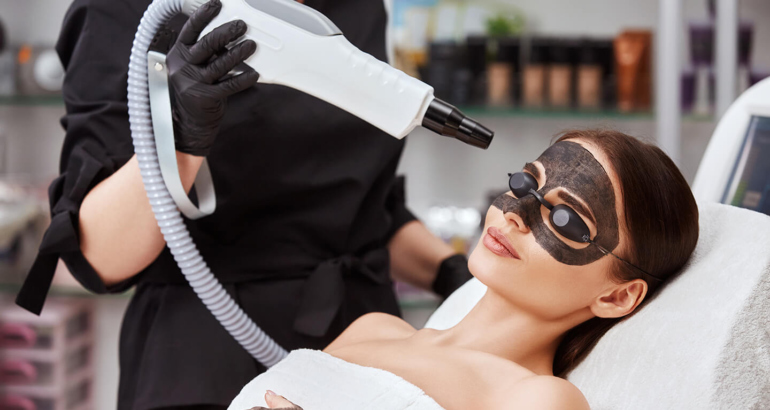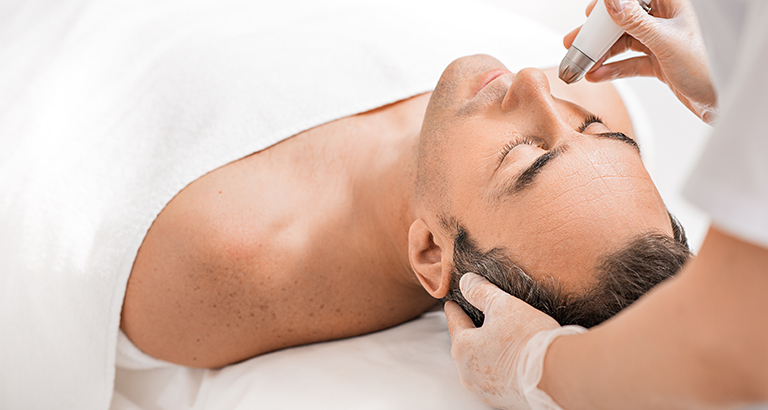Do you enjoy being outside but despise getting a tan?
We can’t help but feel conflicted about the sun. Although many appreciate having a healthy glow, they’d rather avoid the risks of tanning. Those who despise tanning can always get rid of their tan or burn, but spending too much time in the sun is unsafe. Don’t worry; we’ve got your back: here are our best-kept secrets for staying safe in the sun.
Here are some ways to avoid sunburn and protect your skin from additional damage:
At its zenith, the sun
First, you should stay inside between 11 a.m. and 4 p.m., when the sun is at its highest. This is when the sun is at its peak intensity, and the effects will be most severe. However, the precise time may vary depending on where you are located. Avoid going outside during that time, no matter how pleasant the weather is.
Take the shaded path whenever possible.
Only spend a little bit of time outside. Protect skin from the sun by staying indoors or in a shaded area whenever possible. Find some shade if you can look at the beach, as the reflected sunlight from the ocean and sand will make you sunburn more quickly.
Always, always, always the cover-up.
Put on garments that will keep your skin safe from the sun. When out in the sun, keep your arms and legs covered. Wear appropriate clothing for the temperature and activity. Put on long-sleeved garments to protect yourself from the sun.
Sunscreen should be worn for safety.
Even if it’s overcast, you should apply sunscreen liberally for 20 minutes before heading outside. When out in the sun for long periods, it’s important to reapply sunscreen every three to four hours. You’d be safe using any high-quality sunscreen over 30 SPF.
Keep your lips covered if you plan on spending time in the sun.
Both smoking and sun exposure can cause your lips to darken. Lip balms with sun protection factors (SPF) should be used.
Put on your sunnies!
The skin around your eyes is among the most delicate on your entire body. Wearing sunglasses blocking UV rays is necessary if you plan to go outside. Choose a lens size that completely envelopes your under eyes for the best effect.
Select Sun-Safe Makeup
Use a moisturizer during the day to ensure your skin gets the hydration it needs. Use mineral-based chemicals instead of cream-based cosmetics. Perfumes might make your skin more sensitive to heat, so avoid applying them.
Avoiding dehydration
Avoid dehydration and dry skin by consuming 15–20 glasses of water daily. Even tanning damage can be repaired with this method.
You should face-wash twice a day, minimum.
Keep your skin healthy and clean by washing your face twice daily.
Adopt a diet that will prevent you from burning in the sun.
Vegetables and fruits are high in fiber, strengthening the immune system and protecting the skin from the inside out. The antioxidants and vitamins you consume can also shield your skin from the knowledge.
Now the question is, Can the chemical peel method achieve a suntan?
To remove the tanned skin layers and speed up the exfoliation and regeneration of new skin cells, chemical peels are often utilized. For instance, a chemical peel of the face can be used to treat acne.
A chemical peel is a non-invasive method of renewing the skin by exfoliating its outer layers using mild acids generated from natural sources.
A chemical peel uses a chemical solution to peel away the outer layers of skin, revealing younger skin underneath. In addition, it can help diminish the appearance of blemishes, scars, discolorations, and wrinkles.
Before beginning the chemical peel technique, please keep the following guidelines in mind:
• Before beginning treatment, it is essential to inform your dermatologists of your medical history and current health conditions.
• Keep out of the sun for at least two weeks before treatment.
• You should abstain from taking retinoid products (such as tretinoin) for at least two weeks before treatment.
• You should begin taking any oral antibiotics at least 24 hours before your scheduled chemical peel.
• The procedure entails a full-body wash with an agent that strips away oil while keeping your eyes and hair safe. Depending on the type of chemical peel being performed on your face, you may also be given general anesthesia.
• A chemical solution is applied to the skin during a chemical peel, causing a heated sensation that might linger for a few minutes. Then a stinging feeling sets in, and a cool compress over the affected area may help. The chemical is removed with repeated washings.
Chemical peels can be broken down into three categories:
Mild Peels — such as alpha-hydroxy acid, are used in superficial peels, which exfoliate the skin’s surface without going more profound than that.
Medium peels– which employ acids like glycolic acid to remove damaged skin cells from deeper layers are the most popular.
Peels that go deep into the skin, such as those done with phenol, can remove damaged cells from the dermis.



